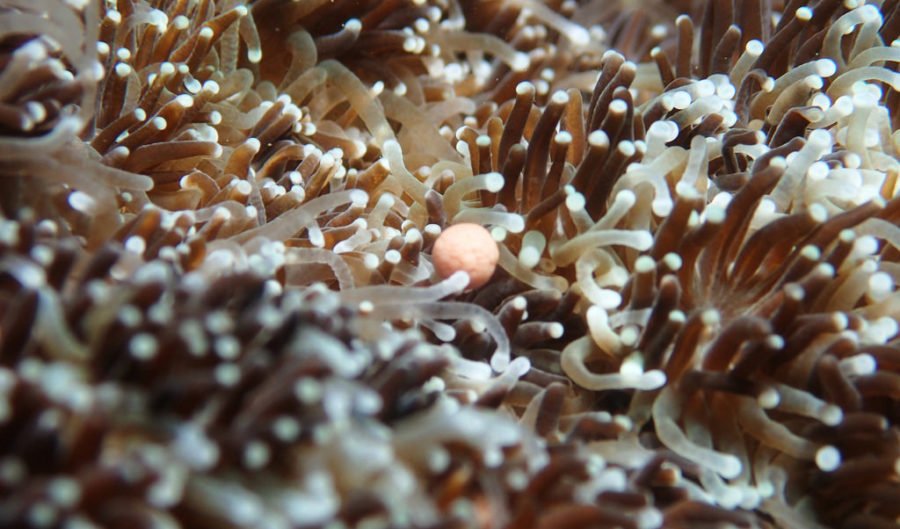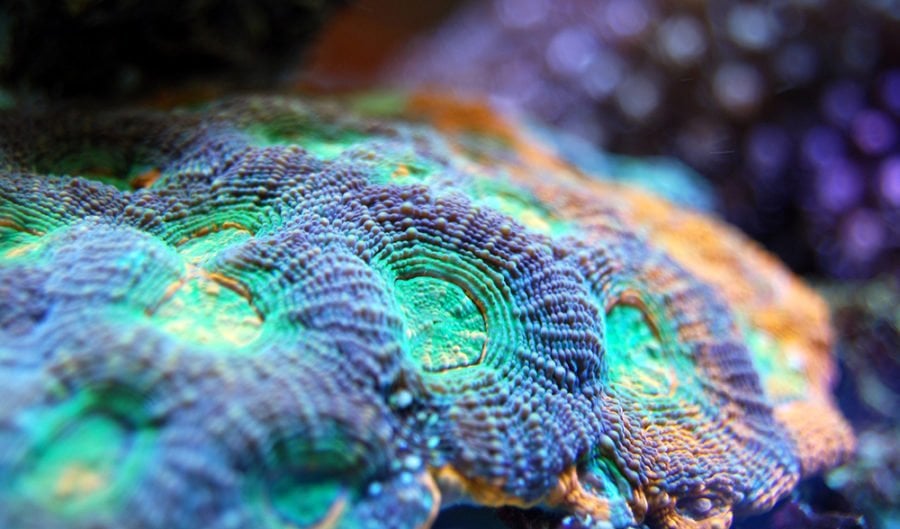
How the 2016 bleaching transformed the northern Great Barrier Reef
Scientists are continuing to call for urgent climate change action as a new study reveals the extent of the damage wrought by the 2016 bleaching event.

Scientists are continuing to call for urgent climate change action as a new study reveals the extent of the damage wrought by the 2016 bleaching event.

Get a glimpse into what life looks like on the Great Barrier Reef.

To catch the natural phenomenon of coral spawning, you need patience and just a little bit of luck.

Scientists from the Sea-quence Project have applied the same technology used in human genome sequencing to coral genome sequencing, producing spectacular results.

While these spectacularly coloured marine creatures are renowned for their good looks, few people are aware of the important ways they protect our coral reefs.

Scientists say that the new discovery enhances our understanding of the lifecycle of coral, from seasonal growth rates to the time of reproduction.

Large colonies of hard, reef-building coral on the Great Barrier Reef have been found producing small white eggs, which, come time for the annual spawning, scientists hope will turn into coral larvae.

Scientists say it’s possible we could use nautical maps to understand coral loss across our own shores.

Coral and algae form a symbiotic relationship reliant on sunshine. But deep under the sea, light isn’t in abundance, so for a long time the corals survival has perplexed scientists.

Three-quarters of the world’s 798 coral species can be found on Australia’s Great Barrier Reef, and they come in a huge variety of shapes, sizes and colours.